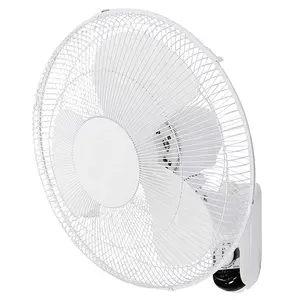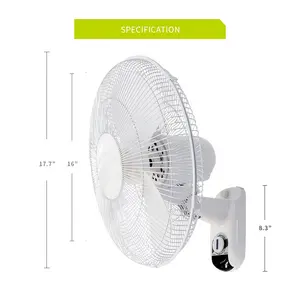(6847 products available)
















































 Ready to Ship
Ready to Ship





 Ready to Ship
Ready to Ship





































































































 Ready to Ship
Ready to Ship






















 Ready to Ship
Ready to Ship















 Ready to Ship
Ready to Ship





Floor oscillating fans are electric fans designed to move horizontally from side to side in a sweeping motion to distribute airflow in a wider area. They come in various types, each with distinct features serving different preferences.
When buying an oscillating fan in bulk, it is essential to know which type of fan is in demand and its features. Following are some common types of floor fans:
Floor Detailing Fans:
These oscillating fans come in various diameters and are strategically built to detail cars and other narrow workspaces. They deliver immense airflow in a confined area ideal for automotive detailing, construction work, or any situation that necessitates directing air to dry or ventilate a specific spot.
Industrial High-Velocity Fans:
Industrial workspaces often require powerful airflow to keep the environment comfortable. These fans produce a robust and far-reaching airflow that helps in the quick ventilation of the whole work area and are built keeping in mind the need of vast factories, warehouses, and other industrial settings.
Pedestal Fans:
Often used for large rooms, the fans are composed of smaller groups for diverse areas. These fans are built to cover significant spaces and deliver varied airflow patterns; they have often been brought in for events, expos, and auditoriums.
Supermarket Refrigeration Fans:
Both display cases and cold storage rooms must maintain a constant temperature. These fans are important components of refrigeration systems; they circulate air to ensure even cooling and prevent the formation of frost.
Personal Service Fans:
These fans are made portable and small-sized, so they are lightweight and easy to carry about. They are usually brought into use for personal spaces such as home offices, bedrooms, or any other cozy area where a concentrated airflow is needed for a single user.
The oscillating fan has several uses, each of which shows how flexible and helpful it is. It is used where there is a need for consistent cooling or ventilation. Floor fans for the bedroom are used for the following:
When choosing a floor oscillating fan in bulk, buyers should select fans that provide more than one airspeed option. Fans with multiple fan speeds enable users to control and adjust the airflow according to their needs and preferences. Buyers should also opt for fans with easy-to-use controls. Fans that are equipped with user-friendly controls are simple to operate and adjust in order to create a comfortable environment.
In addition to this, people purchasing oscillating fans in bulk should choose fans that have sturdy construction. Oscillating fans with durable construction can withstand the frequent use found in commercial settings. Fans with removable grills are much simpler to clean and maintain. As a result, buyers are more likely to keep the fans in good working condition for many years. Furthermore, buyers should consider oscillating fans with multiple power options. Fans with different power options can be conveniently used in various locations.
Buyers should also take into consideration the size of the floor oscillating fan's blade. Fans that have larger blades are able to produce a greater volume of airflow. Additionally, buyers should select fans suitable for the area in which they will be placed. For instance, a compact floor oscillating fan is ideal for a small room. Buyers should also take into consideration the overall size of the fan. The size of the fan will ultimately affect its portability and storage options. Moreover, buyers should carefully examine the floor oscillating fan's noise level. Fans that operate quietly are most suitable for noise-sensitive areas such as offices or libraries. Finally, buyers should consider the energy efficiency of the oscillating fan. Energy-efficient fans are designed to reduce energy costs without sacrificing performance.
Q1: What is the benefit of a fan that oscillates?
A1: Fans that oscillate distribute air more evenly throughout a room by encouraging greater air mixing. This enhances ventilation and makes the room feel cooler.
Q2: How is the airflow changed in some fans?
A2: Some fans have multiple speed settings, and some have a control that changes the airflow pattern in the shape of a widening beam.
Q3: What are the benefits of using an oscillating fan for sleeping?
A3: By providing soft, shifting air, the oscillating fan helps to lower the steady-state airflow associated with non-oscillating fans. Such steady airflow can disrupt sleep by causing breathing and sleeping pattern changes.
Q4: How does an oscillating fan save energy?
A4: Oscillating fans cool a room by circulating the air rather than lowering the air's temperature. Hence, they are more energy efficient than air conditioners. While air conditioners use 3,500 watts on average, a ceiling fan uses 30 to 100 watts.